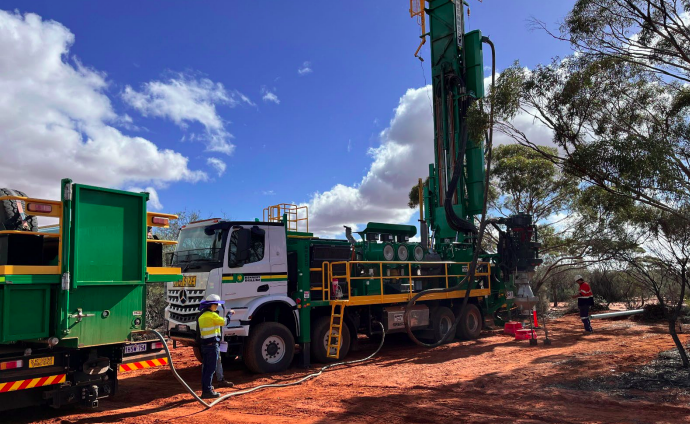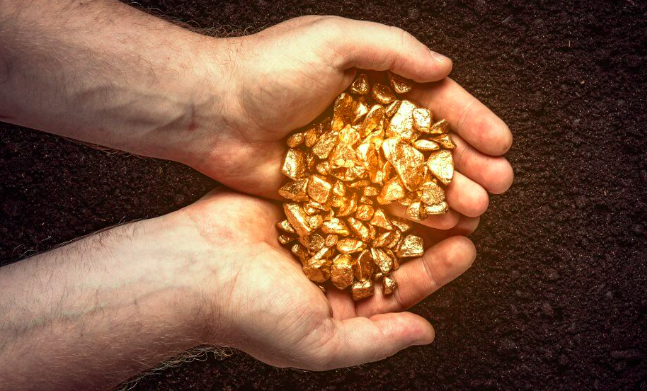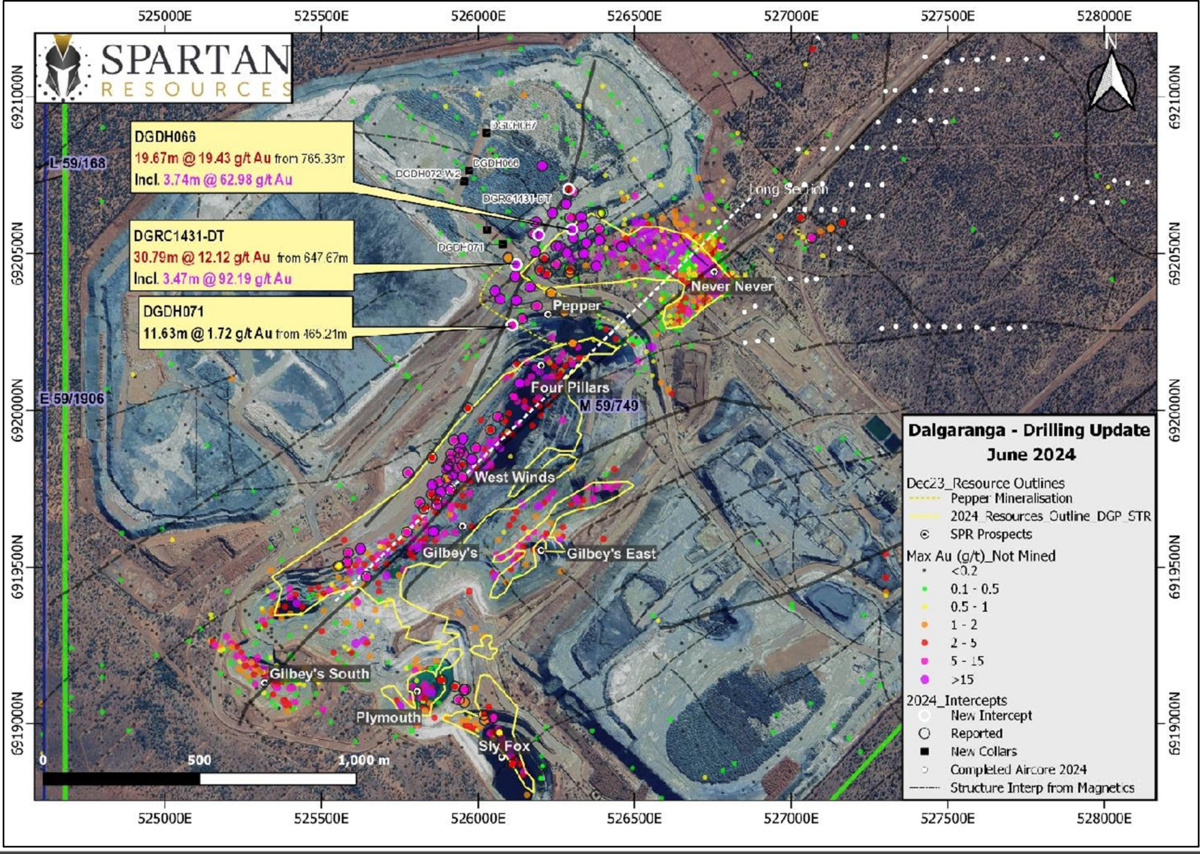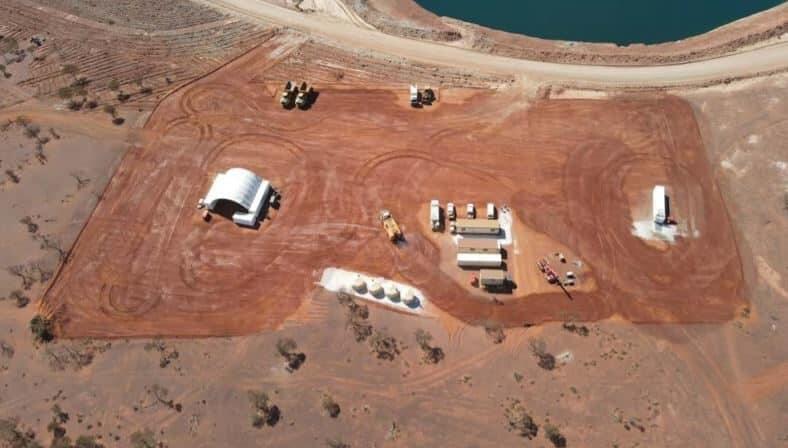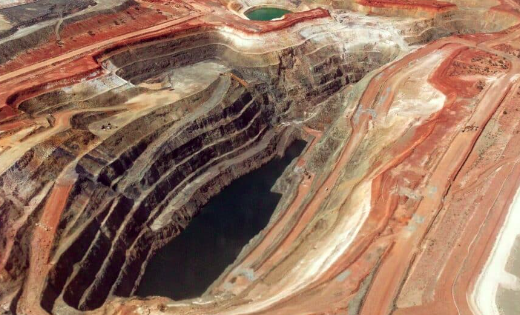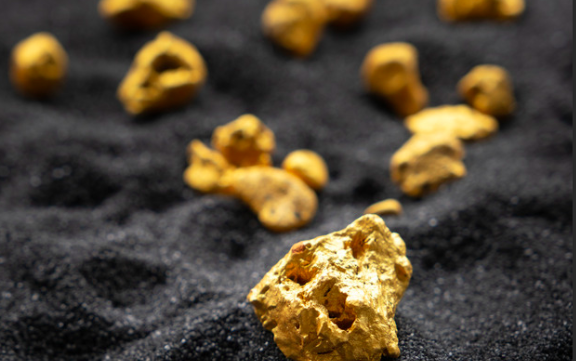Great Boulder Resources Uncovers Major Gold Targets at Side Well Project in Western Australia
Tajha Pritchard
Great Boulder Resources has identified two significant gold targets through a recent soil geochemistry program at the Side Well Gold Project in Western Australia.
At Side Well South, one target spans 2.4km and features an Ironbark-style structure with peak gold values of 75 parts per billion (ppb). The other target is a 1.4km-long anomaly with bismuth and molybdenum.
The company, with a market capitalization of $33.96 million, noted that both targets are near the historic Golden Bracelet Mine, which historically produced over 1,000 ounces of gold at 27 grams per tonne.
Managing Director Andrew Paterson highlighted that surface sampling data confirmed the mineralization continues south through the tenements and the known hydrothermal system, extending over 18km of strike.
“At Side Well South, we’ve identified two new targets collectively spanning 3.8km of strike,” Paterson said. “This expands the known mineral system with the same pathfinder fingerprints as our earlier discoveries to the north. The surface anomalism has been getting stronger as we move south, so we’re excited to find these new targets and keen to drill them as soon as possible.”
Great Boulder has scheduled a heritage survey at Side Well South starting on July 22, with aircore drilling set to commence once heritage approval is received.
Additionally, the company plans to conduct further aircore drilling to explore the potential of the Polelle Gold Project after confirming strong pathfinder anomalism. The recent aircore drilling program consisted of 45 holes over 1,764 meters, targeting areas in the northwest and eastern sides of the project. The bottom-of-hole multi-element assays revealed pathfinder anomalism, with antimony values ranging from 11 parts per million (ppm) to 55ppm at Lordy Bore, and up to 12ppm antimony, accompanied by elevated levels of arsenic, copper, bismuth, tellurium, molybdenum, and lead near Bassett Bore.
Paterson noted that four lines of drilling in two areas at Polelle were completed based on heritage surveys conducted in 2022. “Unfortunately, that meant the program wasn’t optimal in terms of our priority targets, but we confirmed very high levels of antimony and other pathfinders in both locations,” he said. “Antimony is one of our key pathfinder elements for orogenic gold deposits, and it confirms we’re inside the mineralised system.”
He added that both aircore and reverse circulation drilling will be conducted to test various targets at Mulga Bill North. “The second half of the year is going to be extremely busy, and we anticipate a lot of good news in the months ahead,” Paterson said.
Great Boulder is currently exploring Polelle in Meekatharra, Western Australia, under an agreement with Castle Minerals (ASX
), giving Great Boulder an option to acquire 75% of the project. The company also received a $558,000 research and development rebate in early July, ensuring continued funding for ongoing exploration.
Great Boulder Resources is a mineral exploration company with a portfolio of promising gold and base metal assets in Western Australia.

